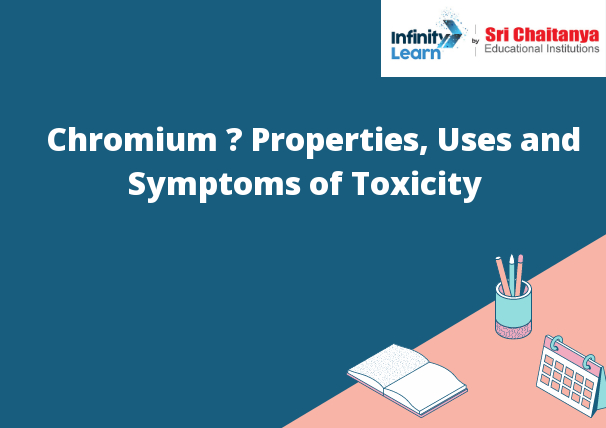Table of Contents
What Is Chromium?
Chromium is a mineral that is found in small amounts in the body. It is mainly found in the bones, muscles, and liver. Chromium is also found in some foods, including meat, poultry, and whole grains. Chromium is used to help the body process sugar and to maintain the proper level of sugar in the blood.

A Few Common Chromium Properties
Chromium is a bluish-white, hard metal. It is the most electronegative and magnetic of the transition metals. Chromium has a density of 7.19 grams per cubic centimeter, a melting point of 1,857 degrees Celsius, and a boiling point of 2,672 degrees Celsius. It is a good conductor of heat and electricity.
Properties Of Chromium
- Chromium is a hard, shiny, silver-white metal. It is the 24th most abundant element in the earth’s crust. Chromium is not found free in nature, but is combined with other elements in minerals such as chromite and magnesiochromite.
- Chromium is a ferromagnetic metal, meaning that it is attracted to a magnet and can be magnetized. It is the only element in the 3rd period that is ferromagnetic. Chromium has a melting point of 1,857 degrees Celsius (3,471 degrees Fahrenheit) and a boiling point of 2,873 degrees Celsius (5,192 degrees Fahrenheit).
- Chromium is a good conductor of heat and electricity. It is corrosion resistant and does not tarnish in air. Chromium is used in alloys, such as stainless steel, to make them harder and more resistant to corrosion.
Uses Of Chromium
- Chromium is a chemical element with symbol Cr and atomic number 24.
- It is a hard, silvery-white, lustrous metal.
- Chromium is the first element in Group 6.
- It is found in several minerals, including chromite.
- Chromium is also the main component of stainless steel.
Symptoms Of Chromium Toxicity
There are no specific symptoms of chromium toxicity. However, if someone is exposed to high levels of chromium, they may experience metal fume fever. This is a condition that results from the inhalation of chromium fumes and causes fever, chest pain, and difficulty breathing.
Chemical Properties Of Chromium
- Chromium is a hard, silver-white metal that is corrosion resistant.
- It is also a good conductor of electricity.
- Chromium is a chemical element with symbol Cr and atomic number 24. It is a hard, bluish-white, lustrous metal. Chromium is found in nature as a free element and in combination with other elements in minerals.
- Chromium has a high melting point (1,857 degrees Celsius) and a boiling point of 2,874 degrees Celsius. It is a poor conductor of heat and electricity. Chromium is resistant to corrosion and is thus used to make stainless steel.
- Chromium is a member of the transition metals. The physical and chemical properties of chromium are due to the presence of the 3d electrons. These electrons are responsible for the high melting point, the corrosion resistance, and the ability to form alloys with other metals.
Facts Related To The Chromium Element
Some common compounds that are related to the chromium element are chromium chloride, chromium carbonate, and chromium hydroxide.








